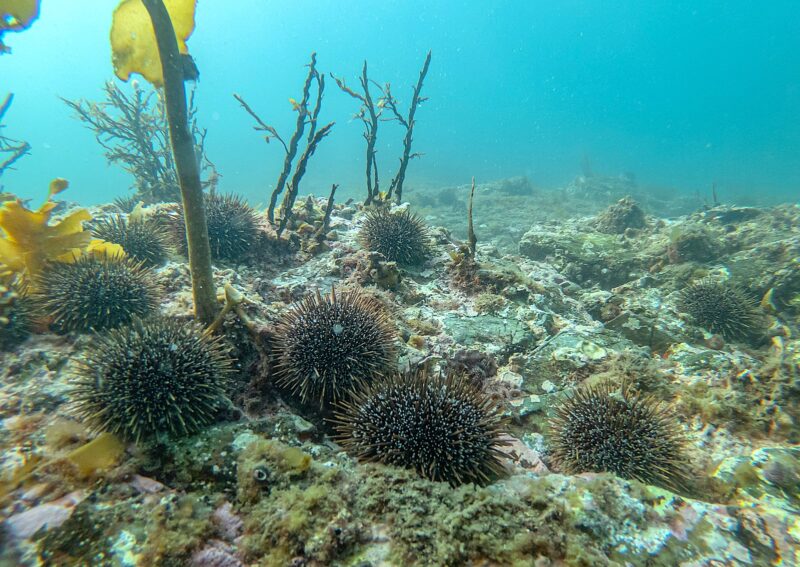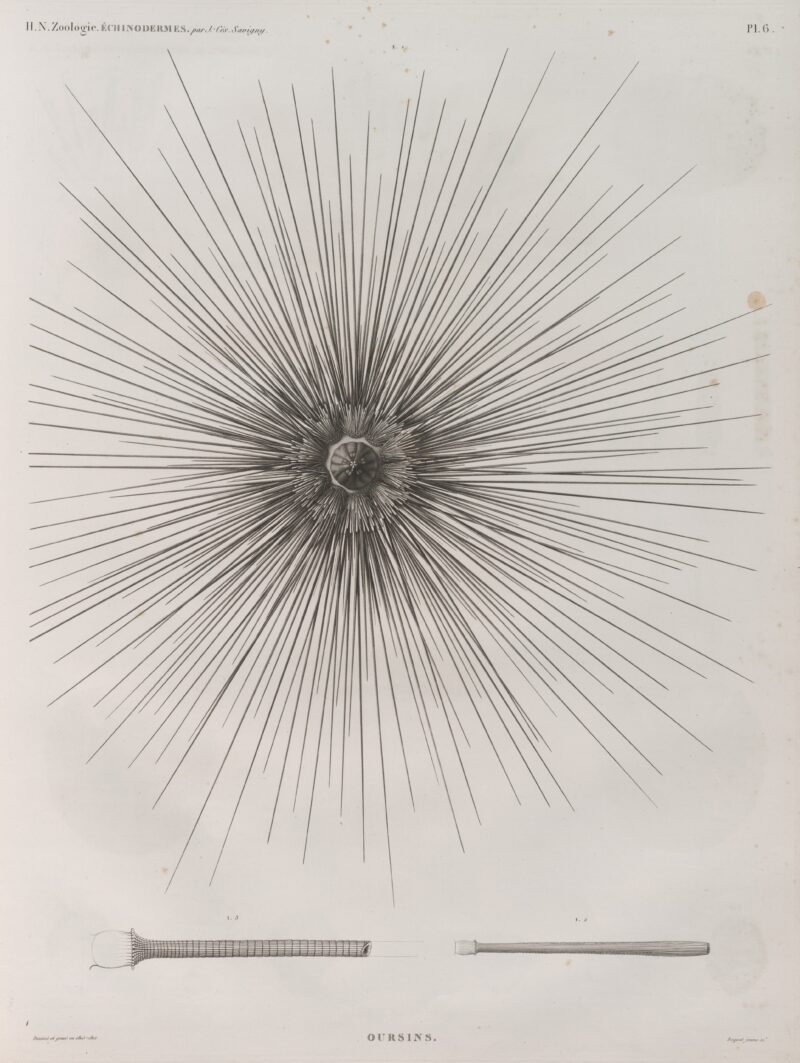
Wikipedia Commons
Soft on the Tongue, Harsh on the Feet: The Sea Urchin’s Norwegian “Problem”
Eating invasive species has many potential benefits, from raising awareness and assisting in early detection and rapid response efforts to boosting the local economy. Now more than ever, it’s crucial to explore ways of eating that are conscious of ecosystems and climate change.

Wikimedia Commons
My project aims to investigate the dynamic shifts in consumption patterns of sea urchin in both the Mediterranean Sea, where it maintains the status of a keystone species, and in the Nordic Sea where it is considered invasive. Moreover, with this research, I will enquire about the meaning this seafood holds in both gastronomies and cultures, diving into the foodways that these spikes tingle.
While its classification as invasive in the Nordic Sea, where it thrives on kelp forests, poses a threat to the Blue Carbon Ecosystem, the sea urchin remains a keystone species, and a delicacy, in the Mediterranean Sea, albeit endangered by the impacts of climate change. This investigation seeks to elucidate the role of sea urchins in shaping culinary practices, specifically by examining the adoption or rejection of the invasive species within countries neighbouring the North Sea. Concurrently, it aims to explore how sea urchins contribute to the development of climate-conscious cuisines in both regions.
To mitigate the damage caused by this invasive species in Norway, both the private and public sectors have made various attempts to implement active controls and harvesting measures. Despite being considered a delicacy in the Mediterranean Sea and East Asia, where over 80% of global sea urchin landings are exported, it is not customary for Nordic countries, where the sea urchin is classified as invasive, to consume it.
This raises the question: Why has sea urchin not been embraced as a food source in Nordic cultures? While studies have explored different aspects of sea urchin life stages, ecology, and feeding patterns, the historical context of culinary practices surrounding this keystone species holds immense potential for understanding the reasons behind its exclusion as a food source in regions where it is considered invasive, despite thriving and easily reproducing, as observed in the Baltic Sea. How does the classification of seafood as “invasive” influence its acceptance as a food?
A final point of view, that could yield further relevant findings, is the export of sea urchins. What geographies, both near and far, are connected through commercial exchanges to the main site of sea urchin harvest in the North and Mediterranean seas? Exploring these factors will influence acceptance, cultural perspectives, and an awareness of sustainability issues.

